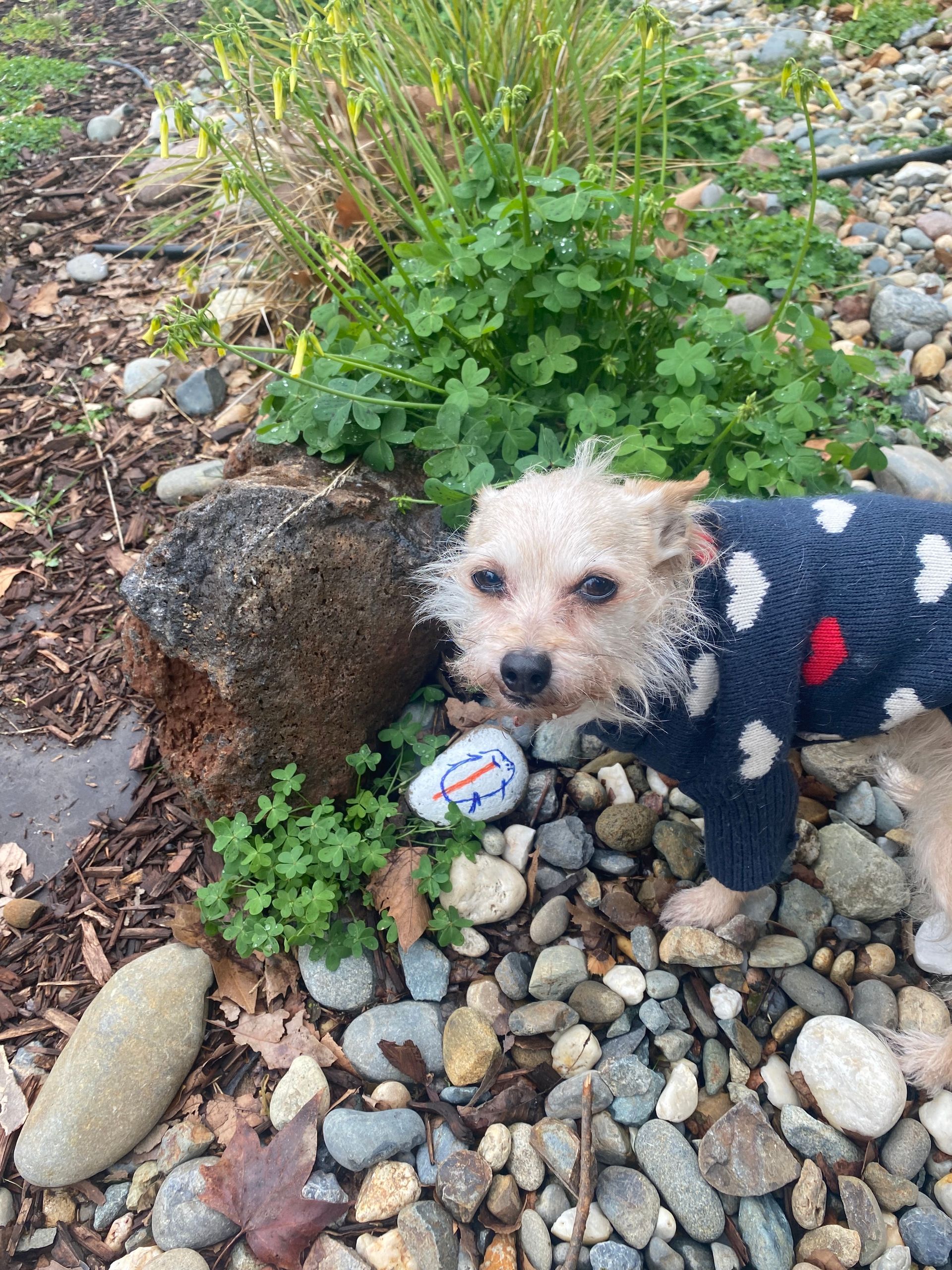Enjoying Outside, Inside - Fall Gardening

George loves helping inspect the yard!
Growing up my grandmother, Rose, was always proud of her garden. You could find her out there year round tending to her plants. Aside from Italian home cooking, one of the highlights of visiting grandma’s house was getting to look at all her vibrant, colorful flowers. Everything seemed to flourish magically when I was younger—now that I’m an adult with a yard of my own I’m starting to understand the work that goes into maintaining a yard through the seasons. For me, pulling weeds under the Sacramento Valley summer sun is pretty miserable and as a result fall is becoming one of my favorite times to garden. When the heat fades and crisp autumn air starts taking over it’s time to start laying the groundwork for a thriving spring garden!
A good place to start is by assessing your yard’s specific needs; take a walk through and make note of any problem areas that may require immediate attention. Clearing out weeds and pruning dead or diseased plant material now not only tidies up but also helps plants thrive and seal off wounds. You can also remove any annuals that are starting to decline; fading blooms, wilting and leaf discoloration are all common signs an annual is spent and can join the compost pile. Dividing any perennials that are overcrowded and transplanting them is an easy way to fill gaps left by annuals, but using winter plants like toyon and redbud, or planting bulbs for spring are also viable options. If you have trees, keep an eye out for any branches that are weakened or dead and consider having them removed before winter storms can turn them into a hazard.
While most of our instincts tend towards raking and leaf-blowing as soon as the weather gets cooler, leaving fallen leaves where they lie might benefit your garden far more. The leaves will create a natural mulch that will fertilize the soil and suppress the growth of unwanted weeds in your garden beds. They also provide winter homes for pollinators and creatures that feed on springtime garden pests. Additionally, adding extra mulch around the root area of sensitive plants will help to keep them safe during the upcoming colder months.
While fall gardening isn’t as labor-intensive as spring or summer, the work we put in is just as important for maintaining beautiful and productive spaces to be enjoyed year-round. With a few simple steps, your garden will be well-rested and ready to produce again in spring. Happy gardening!
-Chelsea Ferguson
Tuleyome Administrative Assistant
RECENT ARTICLES






